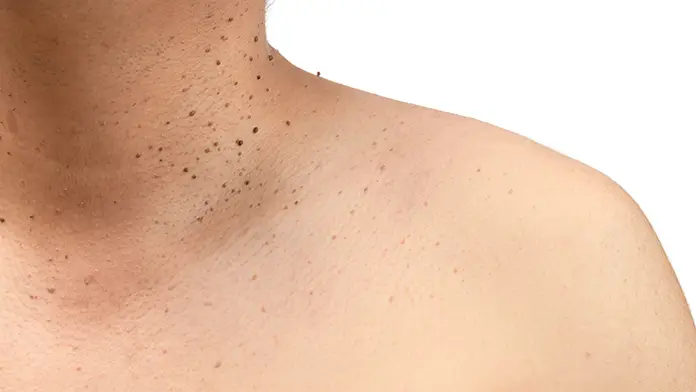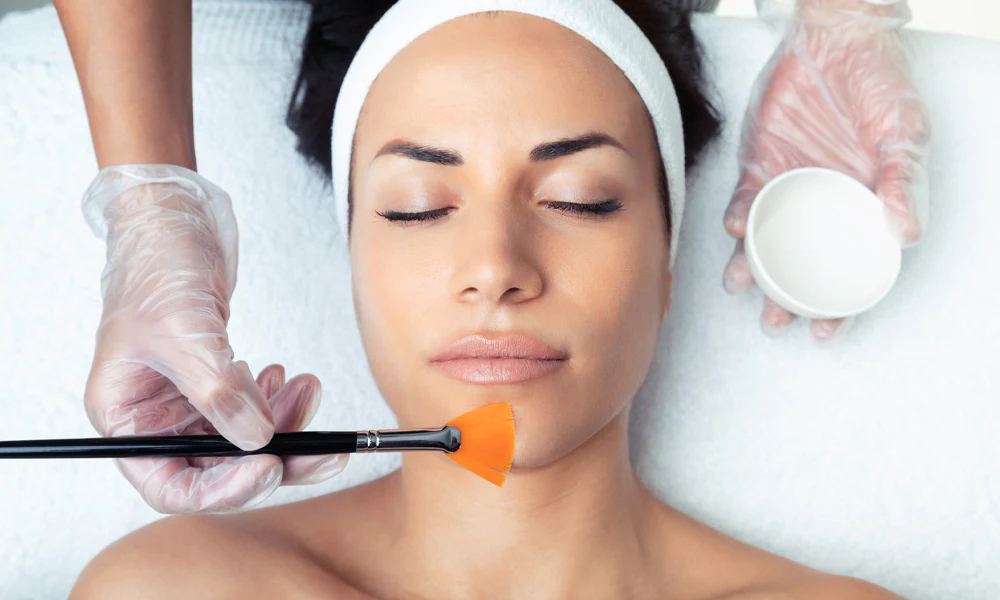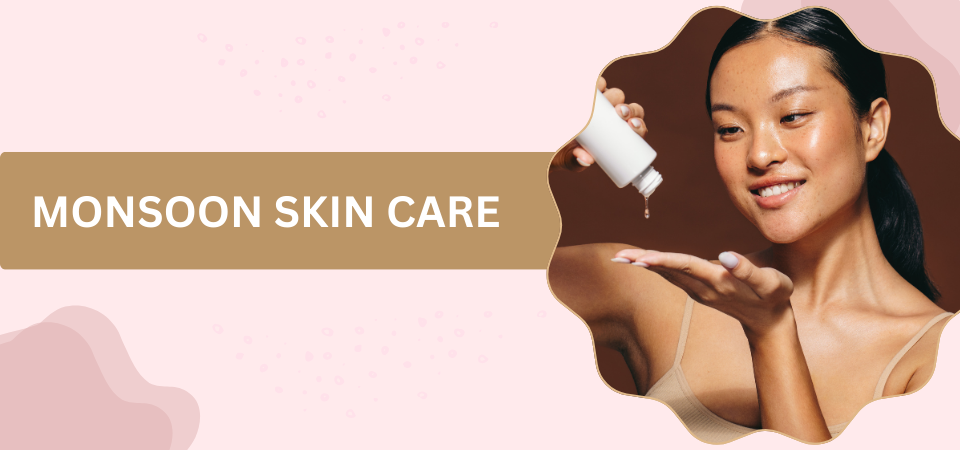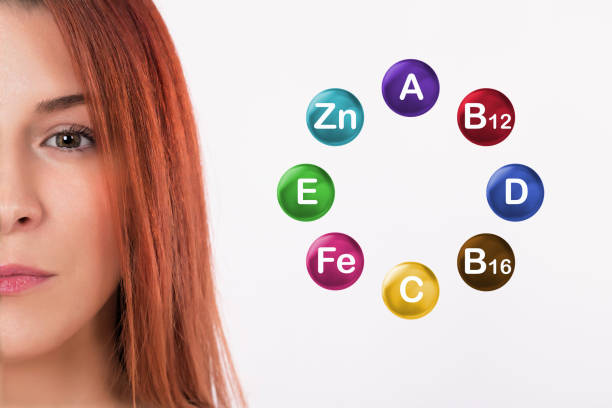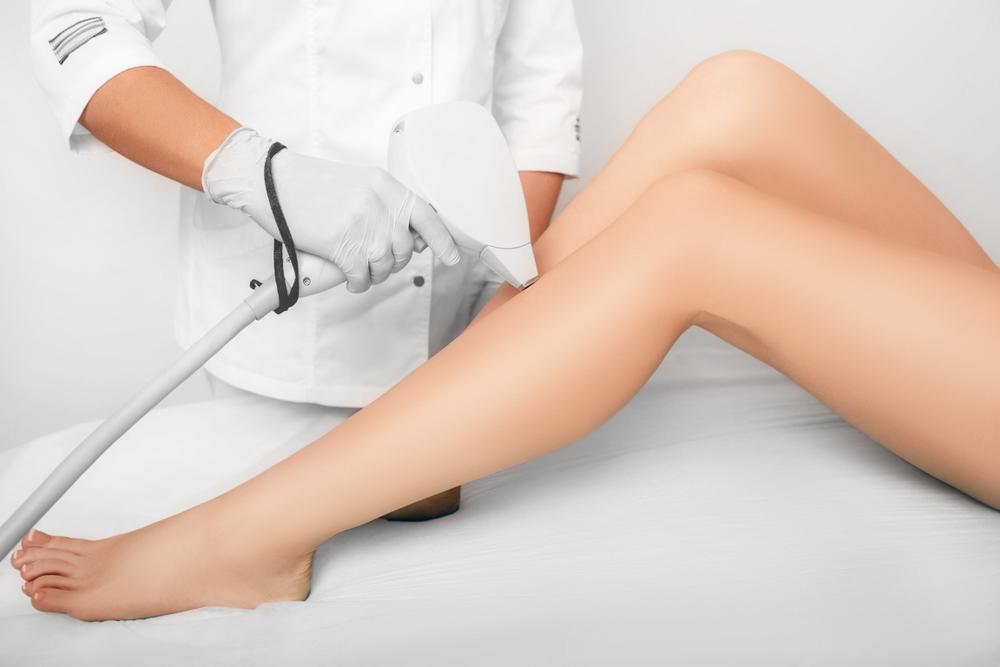Glutathione Injections for Skin Whitening: Benefits, Procedure, and Safety
Glutathione injections for skin whitening have become increasingly popular for those looking to achieve a lighter, brighter complexion. Known as the “master antioxidant,” glutathione has numerous benefits for overall health and skin, but its use in skin lightening has drawn particular attention. In this article, we’ll explore what glutathione is, how it works for skin whitening, and its safety and effectiveness. What is Glutathione? Glutathione is a naturally occurring antioxidant found in every cell of the human body. It plays a critical role in: Detoxifying the body: Glutathione helps neutralize free radicals and reduce oxidative stress, protecting cells from damage. Boosting the immune system: It enhances immune function and helps in cellular repair. Skin brightening: By inhibiting the enzyme tyrosinase, glutathione reduces melanin production, which is responsible for the pigmentation of the skin. Glutathione is naturally present in foods such as spinach, avocados, and tomatoes, but for skin whitening purposes, higher doses are typically required, which can be delivered via injections. How Does Glutathione Work for Skin Whitening? The skin whitening effect of glutathione primarily comes from its ability to block the production of melanin, the pigment that gives skin its color. Here’s how the process works: Inhibits Tyrosinase: Glutathione inhibits the enzyme tyrosinase, which is necessary for the production of melanin in the skin. Shifts Melanin Production: Glutathione can convert dark eumelanin (responsible for darker skin tones) into lighter pheomelanin, leading to a gradual lightening of the skin. Antioxidant Effects: As an antioxidant, glutathione helps in cellular repair and reduces damage caused by UV rays and pollutants, giving the skin a brighter and more even tone. Benefits of Glutathione Injections Skin Lightening: The most sought-after benefit of glutathione injections is a lighter and brighter complexion. It helps reduce hyperpigmentation, dark spots, and uneven skin tone. Antioxidant Power: Glutathione neutralizes free radicals and detoxifies the body, which can improve overall skin health and slow down the aging process. Anti-Aging Effects: Regular use of glutathione injections can help reduce the appearance of wrinkles and fine lines, giving the skin a smoother, more youthful look. Brightens Dull Skin: Beyond lightening, glutathione injections can make your skin look healthier and radiant by reducing oxidative stress and improving skin texture. Improves Immune Function: While it’s primarily known for skin benefits, glutathione also boosts the immune system and supports overall health. The Procedure: How Are Glutathione Injections Administered? Glutathione injections are typically administered intravenously (IV) by a licensed medical professional. Here’s what you can expect during the procedure: Duration: Each session usually takes around 30-45 minutes. Frequency: A common regimen includes weekly injections for several months, after which maintenance doses may be given once every few weeks. Dosage: The dose of glutathione can vary, but it’s often between 600-1200 mg per session, depending on the individual’s skin type and goals. For enhanced results, some clinics may combine glutathione injections with Vitamin C or other skin-boosting treatments. How Long Does It Take to See Results? Results from glutathione injections can vary based on factors such as your skin tone, lifestyle, and the dosage used. Here’s a general timeline: Initial Results: Most individuals begin to see a slight brightening of the skin after 4-6 weeks of consistent treatment. Significant Results: Noticeable skin whitening and reduction in pigmentation may take 3-6 months, with gradual improvement over time. Maintenance treatments may be required to sustain the results, especially if you’re exposed to factors like sunlight, pollution, or stress, which can increase melanin production. Safety and Side Effects Glutathione is generally considered safe when administered by qualified professionals, but it’s important to be aware of potential side effects and risks: Possible Side Effects: Skin Rash or Allergic Reaction: Although rare, some individuals may experience mild allergic reactions such as skin rashes or irritation. Nausea or Stomach Upset: Some people report nausea, stomach pain, or other digestive issues after receiving the injection. Kidney or Liver Issues: High doses of glutathione over an extended period might affect kidney or liver function in some cases. However, this is uncommon with proper dosage and medical oversight. Hypopigmentation: While the goal is skin lightening, excessive use can lead to uneven skin tone or patches of over-whitened skin. Precautions: Consult a Dermatologist: Always consult with a licensed dermatologist before starting glutathione injections to ensure they’re right for you. Avoid During Pregnancy: Pregnant or breastfeeding women should avoid glutathione injections as their safety has not been well studied in these groups. Sun Protection: After starting glutathione injections, protecting your skin from the sun becomes even more crucial. Use a broad-spectrum sunscreen with at least SPF 30 to prevent sun damage and maintain the lightening results. Are Glutathione Injections Effective? Glutathione injections are widely reported to be effective for skin whitening, especially when used consistently over time. However, the results may vary based on individual factors like skin tone, lifestyle, and genetics. While some people see a marked difference in their skin tone after a few months, others may experience slower or more subtle results. It’s also worth noting that glutathione’s primary role is as an antioxidant, and its skin whitening properties are a secondary effect. For this reason, results may take longer compared to treatments specifically designed for skin lightening, such as chemical peels or laser treatments. Conclusion Glutathione injections offer an effective and non-invasive solution for individuals looking to achieve a lighter, more even complexion. While the treatment requires consistent sessions and patience, it provides additional benefits beyond skin whitening, such as detoxification and anti-aging effects. If you’re considering glutathione injections, be sure to consult with a licensed dermatologist or skin specialist who can assess your skin type, recommend the right dosage, and ensure that the treatment is both safe and effective for your specific needs. At La Fameux Derma Clinic, we provide personalized glutathione injection treatments that cater to your skin goals. Book a consultation today to learn more about how glutathione can help you achieve glowing, lighter, and youthful-looking skin.



